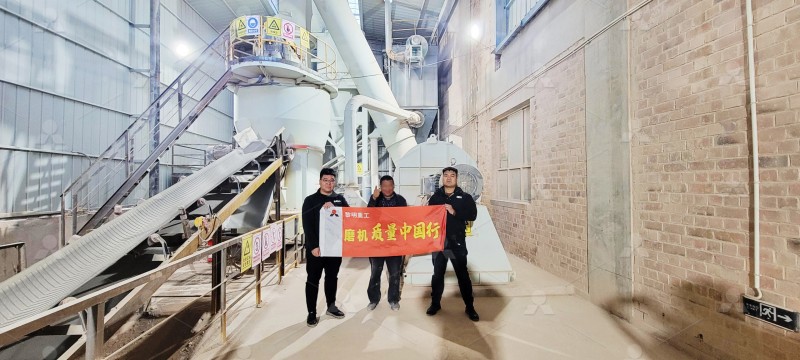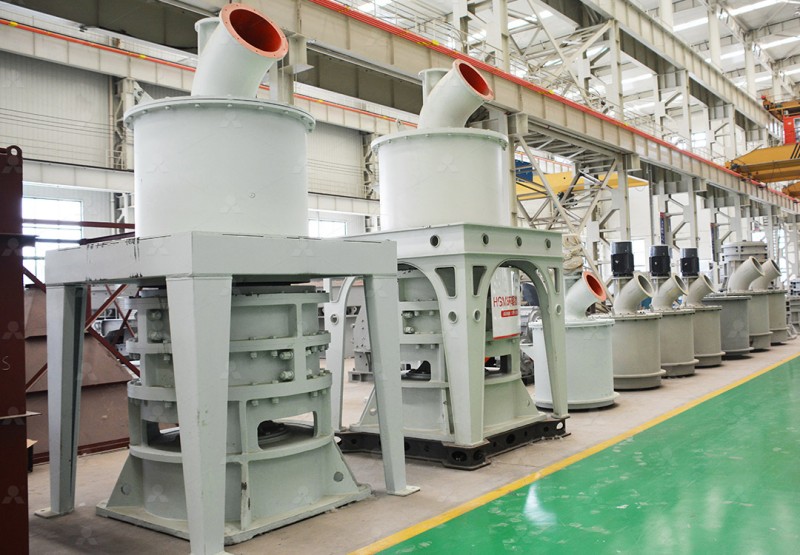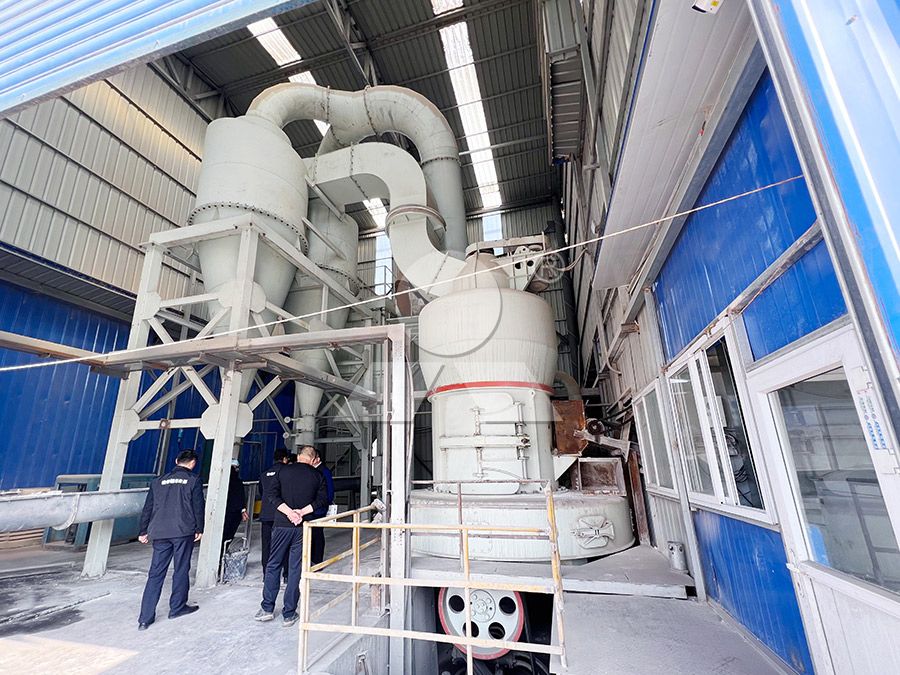Key Quality Control Measures for Talc Powder in Paper Manufacturing
Key Quality Control Measures for Talc Powder in Paper Manufacturing
In the highly competitive paper manufacturing industry, talc powder plays a crucial role as a filler and coating pigment that significantly enhances paper quality. The consistency and purity of talc powder directly impact paper smoothness, opacity, ink absorption, and overall production efficiency. Implementing rigorous quality control measures throughout the talc processing chain is essential for paper manufacturers seeking to maintain competitive advantage.

Critical Quality Parameters for Paper-Grade Talc
Paper manufacturers must establish strict specifications for talc powder to ensure consistent performance in their production processes. The most critical parameters include particle size distribution, brightness, chemical composition, and viscosity. Particle size directly affects paper smoothness and formation, with ultrafine particles typically between 325-2500 meshes providing optimal results. Brightness measurements should consistently exceed 90% ISO to maintain paper whiteness without excessive bleaching.
Chemical composition monitoring is equally vital, particularly regarding carbonate content, which can interfere with paper sizing. Additionally, the absence of abrasive contaminants must be verified through regular testing, as even trace amounts can damage paper machine wires and other equipment. Viscosity control ensures proper dispersion in coating applications, preventing application issues and uneven coverage.
Advanced Processing Equipment for Quality Assurance
The foundation of quality talc powder begins with proper milling technology. Traditional grinding methods often fail to deliver the consistency required for premium paper products. Modern paper manufacturers are increasingly turning to advanced grinding solutions like our MW Ultrafine Grinding Mill, specifically engineered to produce talc powder with exceptional uniformity and purity.
This innovative equipment features a unique grinding chamber design with no rolling bearings or screws, eliminating common contamination sources. With an input size capability of 0-20 mm and production capacity ranging from 0.5-25 tph, the MW Ultrafine Grinding Mill offers paper manufacturers both flexibility and reliability. The integrated pulse dust collector ensures environmentally friendly operation while maintaining product integrity.

Implementing Comprehensive Quality Control Systems
Beyond equipment selection, paper manufacturers should establish comprehensive quality control protocols that include regular sampling, laboratory testing, and statistical process control. Automated monitoring systems can track real-time parameters during talc processing, allowing for immediate adjustments when deviations occur.
For operations requiring even higher precision, our LUM Ultrafine Vertical Grinding Mill represents the next evolution in talc processing technology. With its advanced German powder separating technology and input size capability of 0-10 mm at 5-18 tph capacity, this system delivers unparalleled control over particle size distribution. The reversible structure simplifies maintenance, while double position-limiting technology ensures operational stability—critical factors for maintaining consistent talc quality in paper manufacturing.
Documentation and traceability systems complete the quality control framework, enabling paper manufacturers to correlate talc powder properties with paper quality metrics. This data-driven approach facilitates continuous improvement and helps identify optimal talc specifications for different paper grades.
Environmental and Operational Considerations
Modern paper manufacturing increasingly prioritizes sustainability alongside quality. Advanced talc processing equipment now incorporates features that support these dual objectives. The MW Ultrafine Grinding Mill’s efficient pulse dust collection system, for instance, minimizes environmental impact while protecting product purity. Similarly, energy-efficient designs reduce operational costs—the MW system consumes approximately 30% less energy than conventional jet grinding mills.

Frequently Asked Questions
What particle size range is optimal for talc in paper filling applications?
For most paper filling applications, talc powder between 800-1500 meshes provides the ideal balance of smoothness, opacity, and retention. The MW Ultrafine Grinding Mill can precisely adjust fineness between 325-2500 meshes to meet specific application requirements.
How does talc quality affect paper machine runnability?
Consistent talc quality directly impacts paper machine efficiency. Properly processed talc with uniform particle size distribution improves formation and reduces breaks, while contaminants can cause wire marking and increased downtime.
What advantages does the MW Ultrafine Grinding Mill offer over traditional ball mills?
The MW Ultrafine Grinding Mill provides 40% higher production capacity with equivalent fineness and power consumption, along with superior particle size control and reduced contamination risk due to its unique chamber design without rolling bearings or screws.
How often should talc quality verification testing be conducted?
We recommend testing at minimum at the beginning of each production batch and every 4 hours during continuous operation. More frequent testing may be necessary when processing parameters change or when producing premium paper grades.
Can the same talc specification be used for both filling and coating applications?
While some overlap exists, coating applications typically require finer particle sizes (1000-2500 meshes) and stricter viscosity control. The adjustable fineness of the MW Ultrafine Grinding Mill allows paper manufacturers to optimize talc specifications for each application.
